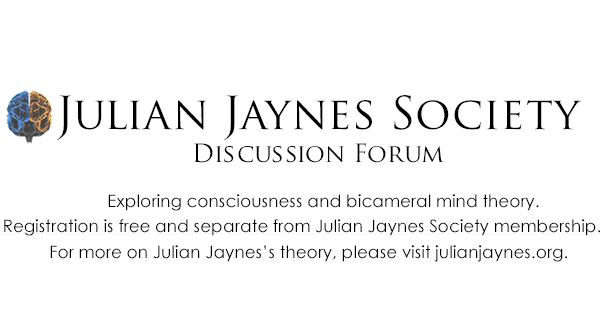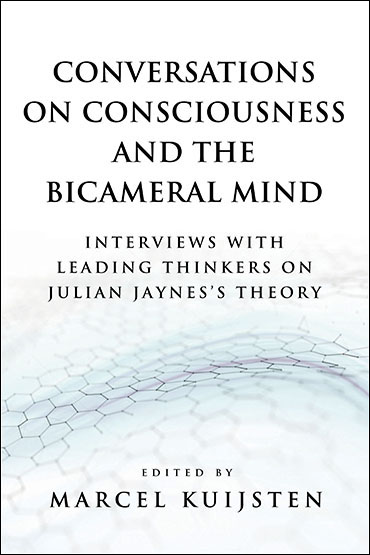By Brian J. McVeigh
In the second chapter of The World behind the World: Consciousness, Free Will, and the Limits of Science, Erik Hoel briefly treats the historical development of what he calls the “intrinsic perspective” (mental experiences). In doing so he brings up the contributions of Julian Jaynes but dismisses his theories. Whatever value the arguments of Hoel’s book might have, he greatly distorts and misrepresents the Jaynesian perspective.
Let’s begin with the most egregious example. Hoel writes that Jaynes believed that “consciousness itself came about via the thickening of the communication between the two hemispheres” (p. 9). Even a perfunctory perusal of Jaynes’s book demonstrates that he argued that the appearance of consciousness was not due to neuroanatomical changes but was instead a language-based, sociocultural construction (in the aforementioned sentence Jaynes was merely describing a neural correlative operation of consciousness, not explaining it). That Hoel greatly misinterprets Jaynes’s cultural-historical explanation of consciousness is evident in how he writes that the sudden emergence of consciousness is “certainly untrue, especially given everything we know about the biology of the brain and evolution” (p. 10). Moreover, Hoel writes that while there have been some minor changes to the “human genome in the past several thousand years” (p. 10), the rapid emergence of consciousness is not one of them. Obviously Hoel misses Jaynes’s key point: Consciousness resulted from culture, not bioevolutionary forces.
A second problem is that Hoel seems to think that Jaynes only based his arguments on “careful textual analysis” (p. 9). This is a serious misreading, as Jaynes grounded his case on a sophisticated theoretical integration of present-day hallucinations, hypnosis, spirit possession, and other anomalous psychological behavior (see McVeigh, Spirits, Selves, and Subjectivity in a Japanese New Religion: The Cultural Psychology of Belief in Sūkyō Mahikari, 1997).
A third problem is that Hoel misses the nuances of Jaynes’s arguments. ...
Read the full post on the JJS blog:
https://www.julianjaynes.org/blog/fact- ... erik-hoel/
Julian Jaynes Society Forum: Exploring Consciousness and Bicameral Mind Theory
Registration is free and separate from Julian Jaynes Society membership.
Julian Jaynes Society Forum: Exploring Consciousness and Bicameral Mind Theory
Registration is free and separate from Julian Jaynes Society membership.


